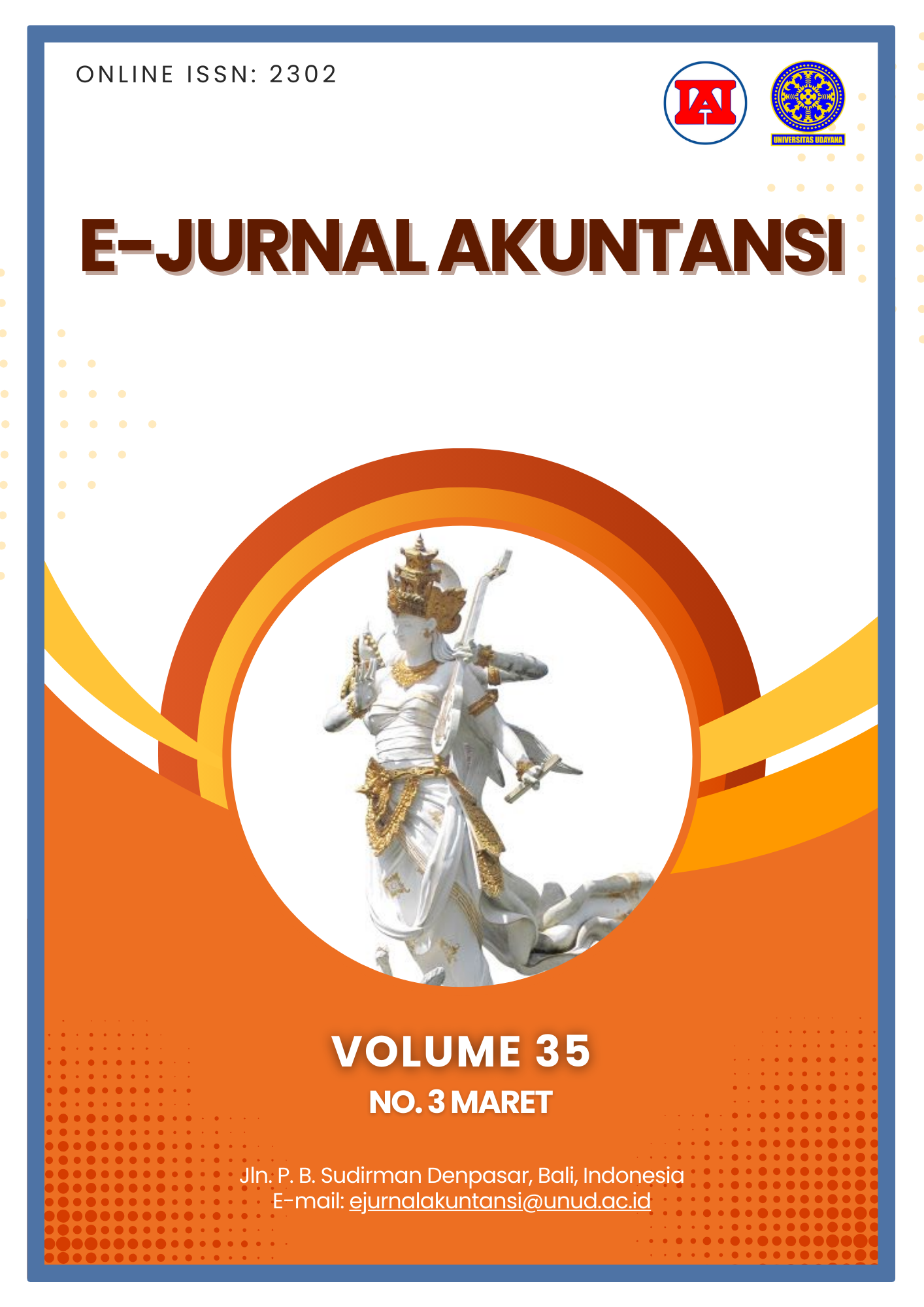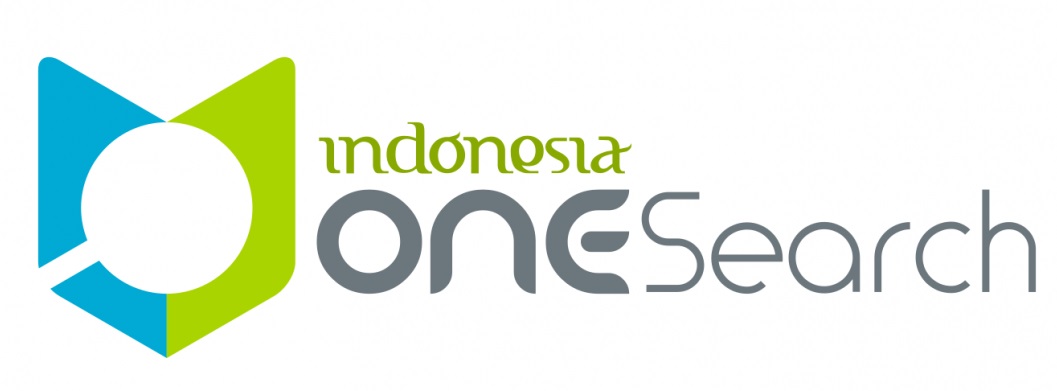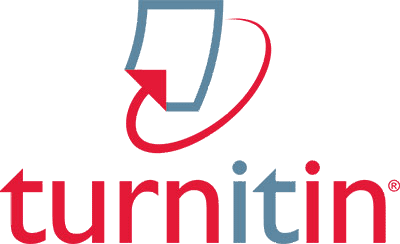Evaluation Of The Impact Of The Policy Implementation Of The Average Effective Tax Rate In Government Regulation No 58 Of 2023
Abstract
This research aims to analyze the Average Effective Rate (TER) policy applied to the calculation of individual taxpayer employees, in accordance with Government Regulation Number 58 of 2023. The analysis assesses this policy from the perspective of employer taxpayers as tax withholders and individual employee taxpayers as those subject to withholding, based on the criteria of The Four Maxims: fairness, legal certainty, simplicity, and economic benefits. The analysis method used in this study is a descriptive qualitative case study. The research object is PT B, a company in the fashion industry employing approximately 800 people. The research methodology applies a triangulation method by utilizing primary data collection, literature studies, and secondary data. Primary data collection was conducted through questionnaires distributed to individual employee taxpayers and interviews with PT B's Accounting and Tax Manager, tax consultants, and government representatives from the Directorate General of Taxes (DJP) and the Fiscal Policy Agency (BKF).
The research findings indicate that the effective rate policy adheres to the principles of fairness, legal certainty, simplicity, and economic benefits. Furthermore, analysis of information gathered from the respondents reveals that this policy encourages compliance with the reporting of Monthly Income Tax Article 21 (PPh 21) for employer taxpayers as withholders. However, compliance with the Annual Tax Return reporting for individual employee taxpayers cannot yet be analyzed, as the policy has not been in effect for a full year. Therefore, active involvement from the DJP is required to socialize the implementation of this policy, ensuring that it promotes compliance with Annual Tax Return reporting for individual employee taxpayers.
Keywords: Average Efektif Rate (TER), The Four Maxims, policy evaluation, Article 21 Income Tax, Individual Employee Taxpayers.
Downloads
References
Brotodihardjo, Santoso. (2003). Pengantar Ilmu Hukum Pajak. Refika Aditama: Bandung.
Creswell, J.W. (2018). Research design: Qualitative, quantitative, and mixed methods approaches. 4th Edition. California: Sage Publications, Inc.
Ellet, W. (2007). The case study handbook: How to read, discuss, and write persuasively about cases. Harvard Business Press.
Ellet, W. (2018). The Case Study Handbook, Revised Edition: A Student’s Guide. Harvard Business Press.
Jensen, M. C., & Meckling, W. H. (2019). Theory of the firm: Managerial behavior, agency costs and ownership structure. In Corporate governance (pp. 77-132). Gower.
Mardawani. (2020). Praktis Penelitian Kualitatif: Teori Dasar dan Analisis Data dalam Perspektif Kualitatif. Sleman: CV Budi Utama.
Mustaqiem. (2014). Perpajakan Dalam Konteks Teori dan Hukum Pajak di Indonesia. Penerbit Buku Litera Yogyakarta.
News.ddtc.co.id. (2024). PPh Pasal 21 Bulan Ini Lebih Besar dari Biasanya? https://news.ddtc.co.id/berita/nasional/1800259/pph-pasal-21-bulan-ini-lebih-besar-dari-biasanya-ini-kata-djp.
Schramm, W. (1971). Notes on Case Studies of Instructional Media Projects.
Smith, A. (1776). An inquiry into the nature and causes of the wealth of nations: Volume One. London: W. Strahan and T. Cadell.
Stake, R. E. (1995). The art of case study research. Sage.
Subarsono, A. G. (2012). Analisis kebijakan publik: konsep, teori dan aplikasi.
Subiyantoro, H., & Riphat, S. (2004). Kebijakan fiskal: pemikiran, konsep, dan implementasi.
Waluyo. (2011). Perpajakan Indonesia. Buku 1. Edisi 10. Penerbit Salemba Empat. Jakarta.

This work is licensed under a Creative Commons Attribution-ShareAlike 4.0 International License.

















